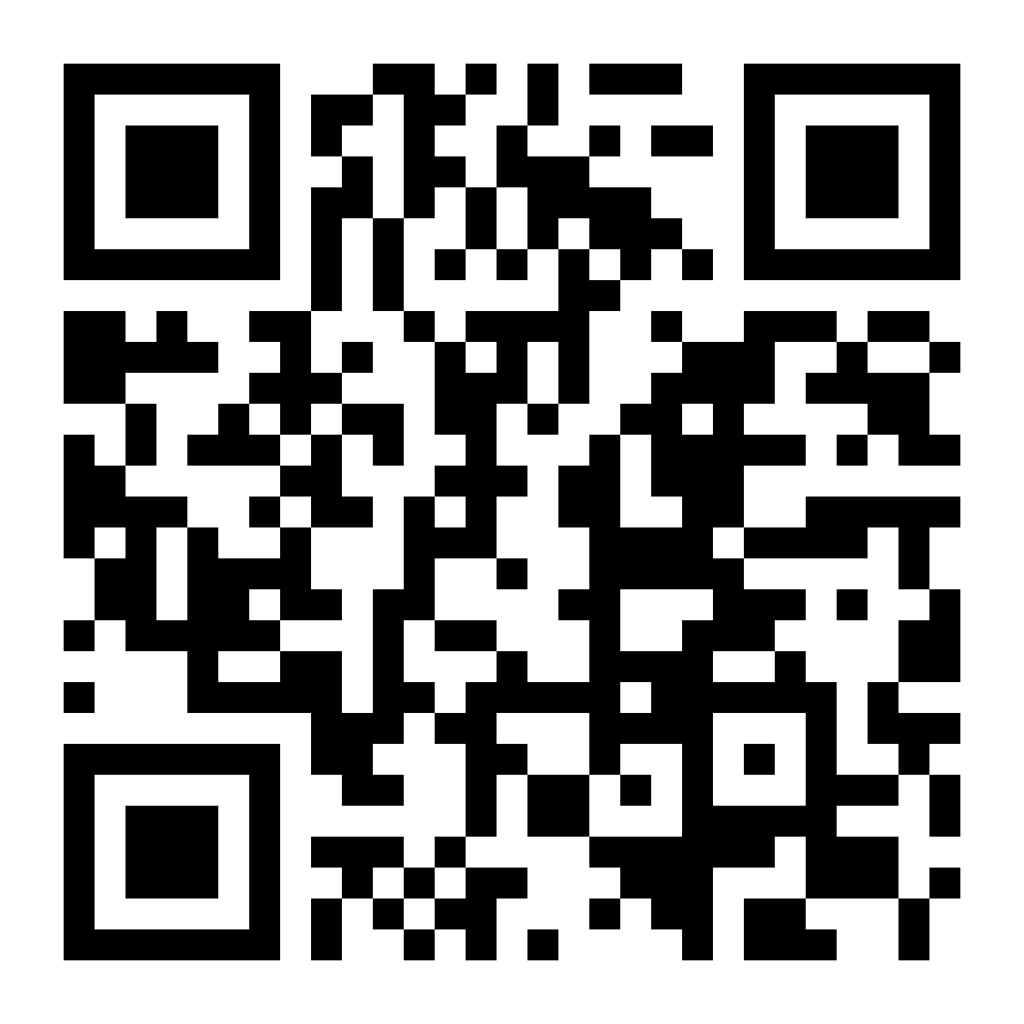As a DoorDash Dasher, you know you’re an independent contractor, not a traditional employee. Because of this, understanding your tax requirements and the deductions you can claim is incredibly important.
Unlike a regular employer, DoorDash doesn’t automatically withhold taxes from your earnings. You alone are responsible for tracking your DoorDash earnings, managing your deductions, and making tax payments throughout the year.
Related: What is DoorDash? | How Does DoorDash Work?
This guide will walk you through everything you need to know about filing DoorDash taxes for this upcoming tax season, including five easy deductions most Dashers can claim.
Self-Employment Tax Basics for Dashers
As a Dasher, you will need to pay self-employment taxes in addition to your regular income taxes. This 15.3% tax covers your Social Security and Medicare contributions, both the employee and employer portions that traditional employees split with their employer.
The good news? You can deduct half of your self-employment tax (7.65%) when you’re calculating your adjusted gross income. This happens automatically when you file your tax return.
You’ll also likely need to make quarterly estimated tax payments if you expect to owe $1,000 or more in taxes. Try to set aside around 25-30% of your net earnings throughout the year to cover both income and self-employment taxes.
Filing Your DoorDash Taxes
Your DoorDash income and expenses are reported on Schedule C, which is filed along with your regular Form 1040. This form is designed to calculate your net business profits or losses after subtracting deductible expenses from your total income.
All tax returns are due by April 15th, but you’ll likely need to make quarterly estimated payments.
Related: DoorDash Driver Requirements Explained (2025)
Required DoorDash Tax Documents
Before you can file your taxes, you’ll need to gather the proper documentation of your DoorDash earnings. It usually starts with your 1099-NEC form.
What is the 1099-NEC Form?
If you earned $600 or more from DoorDash, you’ll receive a 1099-NEC form that reports your total earnings. This comes from Stripe, DoorDash’s payment processing partner.
You should receive an email invitation to set up a Stripe Express account. You’ll be able to access all of your tax documents digitally from there.
The 1099-NEC will include all of your DoorDash earnings, including your base pay, tips, and any promotions/bonuses you received throughout the year. You can also access your 1099 through the DoorDash app by going to the Earnings tab, tapping “View payout details”, and then selecting “Tax documents”.
If You Earned Less Than $600…
Even if you didn’t receive form 1099-NEC, you’re still required to report your DoorDash income to the IRS. That $600 threshold only determines whether DoorDash sends you official paperwork, not whether you owe taxes or not.
You can keep track of your total earnings through the DoorDash app, or by checking your bank statements. Either way, you’ll need to report your DoorDash earnings as income, even without a 1099.
Related: DoorDash Dasher Rewards Program Explained (2025)
5 Easy Tax Deductions for DoorDash Drivers
Since you’re a sole proprietor, you have access to business deductions that traditional employees don’t have. These can substantially reduce your taxable income, saving you thousands of dollars every year.
These five deductions are among the most common and valuable for DoorDash drivers, and they’re pretty simple to claim!
Tax Deductions for DoorDash Drivers #1: Vehicle Mileage (AKA The Big One)
Since your work as a Dasher will be done using your personal vehicle, vehicle expenses will most likely represent your largest tax deduction. For 2026, you’ll use the 2025 mileage rate of 70 cents per mile if you’re using the standard mileage rate method (which we recommend).
The IRS comes up with this mileage rate every year to make deducting your vehicle expenses easier. Rather than tracking each and every business expense individually, the mileage rate is an estimate that accounts for the costs of using your personal vehicle for work.
It covers all vehicle-related expenses like gas, depreciation, maintenance, insurance, etc. Keep in mind that this rate only covers the miles you drive while dashing.
It does NOT include things like your commute from your house to your first pickup. That would count as personal miles, which are not deductible.

Using TripLog for Automatic Mileage Tracking
While you could track your mileage using pen-and-paper logs, those can be slow, clunky, and (worst of all) inaccurate. Automatic mileage tracker apps like TripLog start tracking your business miles when you start driving, guaranteeing you capture every deductible mile with ease.
Related: The 6 Best DoorDash Tricks To Maximize Your Earnings (2025)
You can also generate IRS-compliant reports that include all of the information you’ll need to maximize your deductions. TripLog is also the only mileage tracker that offers truly free unlimited automatic tracking!
You can download TripLog on iOS or Android and start tracking your mileage for free right away.
Tax Deductions for DoorDash Drivers #2: Your Phone Bill
As a Dasher, your phone is a requirement for you to do your work. This makes a portion of your phone bill tax-deductible.
With that said, you can only deduct the percentage of your phone use that’s business-related. This can include your data usage, service costs, and even accessories.
Most Dashers can reasonably claim around 30-50% business use of their mobile device, depending on how much you drive and whether you use your phone for other work. Be realistic in your estimate as you may need to defend your calculation in the event of a (rare) audit.
Phone accessories like car mounts, chargers, and protective cases are also potentially deductible, as long as you can reasonably prove that your usage of these items are primarily for your DoorDash work rather than personal use.
Tax Deductions for DoorDash Drivers #3: Tolls & Parking Fees
Any tolls you pay while Dashing can also be deductible. This includes bridge tolls, highway tolls, and any other fees you may incur for using roads while working.
If you need to pay for parking in order to do your work, you can deduct that as well. However, parking tickets and other traffic violations are not deductible.
Just make sure you keep adequate proof for your taxes.
Tax Deductions for DoorDash Drivers #4: Health Insurance Premiums
If you’re self-employed, you most likely are paying for your own health insurance, which means you may be able to deduct your premiums as a business expense. Just make sure you’re not getting coverage from your spouse or another job.
Related: Is DoorDash Worth it in 2025? | How Much Does DoorDash Pay?
This deduction covers medical, dental, and things like long-term care insurance premiums for you, your spouse, and any dependents you may have. To qualify for this, make sure your business shows a profit, and that the deduction won’t exceed your net business income.
This deduction is also taken on your personal tax return, rather than your business Schedule C.
Tax Deductions for DoorDash Drivers #5: Equipment & Supplies
Any equipment that you purchase specifically for your DoorDash work will qualify as a business expense. Think insulated bags for keeping food warm, drink carriers, and any other gear designed to keep food protected/at the right temp during a delivery.
You can also deduct car accessories that help your work. Things like floor mats, seat covers, and the like are legitimate business expenses.
Even cleaning supplies you use to maintain your car or equipment clean can be deducted. As always, just make sure that these items are used primarily for your business activities.
DoorDash Tax Guide Frequently Asked Questions
Q: Do I have to pay taxes on DoorDash income if I didn’t receive a 1099?
A: Yes, you’re required to report all DoorDash income to the IRS, regardless of whether you received a 1099-NEC form from them. The $600 threshold only determines if DoorDash sends you paperwork or not.
Q: How much should I set aside for taxes as a DoorDash driver?
A: Plan to set aside around 25-30% of your net earnings (after expenses) for taxes. This covers both your income tax and self-employment tax. If you’re just starting out, consider setting aside more rather than less at first.
Related: 7 Ways DoorDash Drivers Can Save on Gas in 2025
Q: Can I deduct mileage if I use my car for both personal and business driving?
A: Yes, but you can only deduct the miles driven specifically for business purposes. This can include miles driven while on deliveries, driving between deliveries, etc. However, things like your commute from home to start dashing and from your last delivery back home are personal miles and are not deductible.
DoorDash Tax Guide: Conclusion
Making sure you handle your taxes correctly is one of the most important things you can do when working in the gig economy. These five deductions and tax tips should help you maximize your earnings as a dasher.
With that in mind, the biggest mistake you can make is waiting until tax season to get your finances in order. You should start tracking your mileage and expenses from your first delivery, which will ultimately make your tax prep easy and save you thousands of dollars in deductions.
Related: Does DoorDash Track Mileage? | Mileage Tracking Guide For Dashers (2025)
The easiest way for you to track business expenses as a DoorDash driver for your taxes is by using an automatic mileage tracker app like TripLog. Download TripLog on iOS or Android and start tracking your mileage for free!









